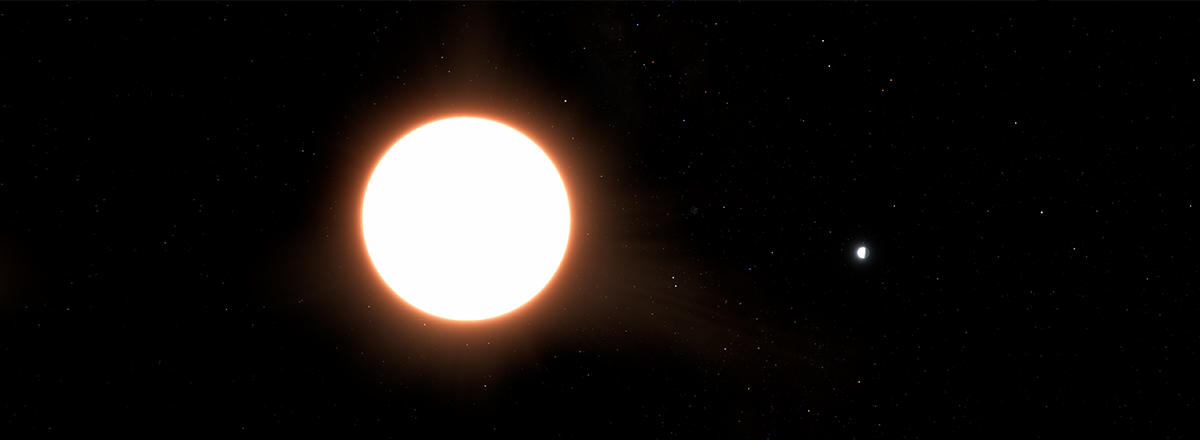Astronomers Identify an Exoplanet That Acts like a Mirror
The discovery of LTT9779 b not only sheds light on the fascinating behavior of exoplanets but also presents a celestial puzzle. The planet belongs to a rare category known as "ultra-hot Neptunes," as it is unusually large for its location so close to the star.

A remarkable exoplanet has been discovered by the European Space Agency's (ESA) Cheops mission, and it's behaving like a cosmic mirror. The exoplanet, named LTT9779 b, is located around 264 light-years away from Earth and reflects an astonishing 80% of the light from its parent star. This makes it the brightest and most reflective exoplanet ever found outside our solar system.
LTT9779 b is approximately the size of Neptune and orbits its host star in a mere 19 hours. Despite its close proximity to the star, the exoplanet manages to stay relatively cool due to its unusual feature: a thick cloud cover composed of reflective metal droplets. These metallic clouds shield the planet's atmosphere from the intense heat of its star and are formed through a unique process similar to condensation in a bathroom after a hot shower.
The discovery of LTT9779 b not only sheds light on the fascinating behavior of exoplanets but also presents a celestial puzzle. The planet belongs to a rare category known as "ultra-hot Neptunes," as it is unusually large for its location so close to the star.
The findings of this groundbreaking research were published in the journal Astronomy & Astrophysics and open up exciting opportunities for further exploration and understanding of exoplanets.

